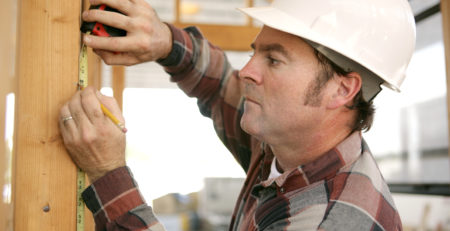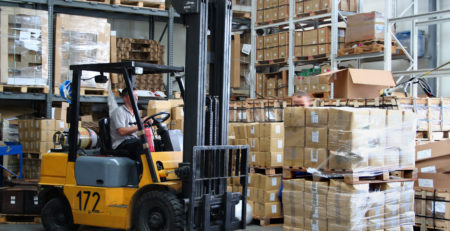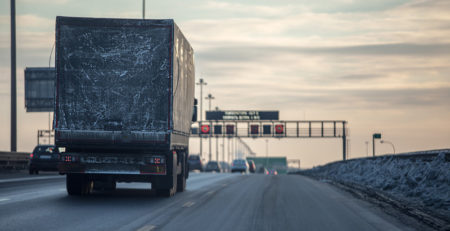Farm Inspectors Aim To Reduce Falls From Height
The Health and Safety (HSE) farm inspection initiative designed to reduce the number of injuries and fatalities on farms from falling from height incidents.
Health and Safety initiative to improve agricultural safety standards
The Health and Safety Executive (HSE) is embarking on a programme of farm inspections in a drive to reduce the number of falls from height that have resulted in injuries and fatalities in the agricultural sector. The inspections are designed to ensure farm workplaces are taking adequate steps to reduce risks and protect farm workers.
The risk
In the year 2016/17 the following statistics were recorded by the HSE for the agriculture, fishing and forestry industry:
- 13,000 (estimated) non-fatal injuries throughout the sector
- 27 people died from workplace injuries sustained on farms alone
- 8 people died as a result of falling from height injuries on farms alone
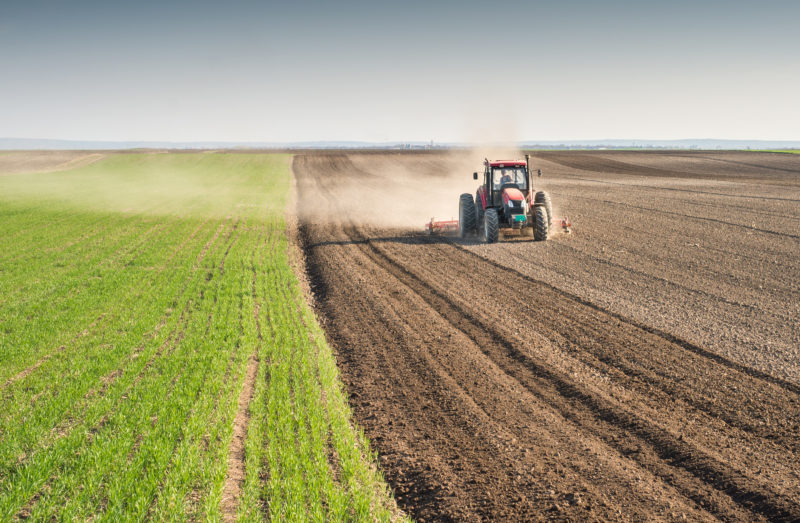
Falling from height incidents
It has been found that many falling from height occurrences could have been avoided by at least one or more of these provisions being in place:
- Improved safety standards
- Using more appropriate equipment and ensuring it’s in good condition
- Not cutting corners
- Avoiding working from height in the first place by finding an alternative if possible
The scope for falling from height on farms can stem from various circumstances such as ladders, stacks of bales, roofs and vehicles.
It’s not just larger heights that can pose risks; the HSE subdivide falls from height as ‘high falls’ (2 metres and above) and ‘low falls’ (1 metre and below), and these falls or slips from a lower height can cause significant injuries. For example, careless jumping down from a tractor cab instead of using the steps, or slipping off a combine harvester cab access ladder through use of inadequate footwear, can result in a workplace injury classed as ‘falling from height’.
What the HSE inspectors are looking for
Prevention is better than cure, so HSE inspectors are looking at whether working from height is always necessary and might be avoided by seeking an alternative method.
Equipment will be inspected and assessed as to its condition and suitability for the work at height tasks it’s used for, whether appropriate health and safety signs are in use, and ensuring those working at height are provided with the correct training.
Certain tasks related to working at height require competent personnel; for example, stacking bales is a skill and needs to be undertaken by appropriately trained workers.
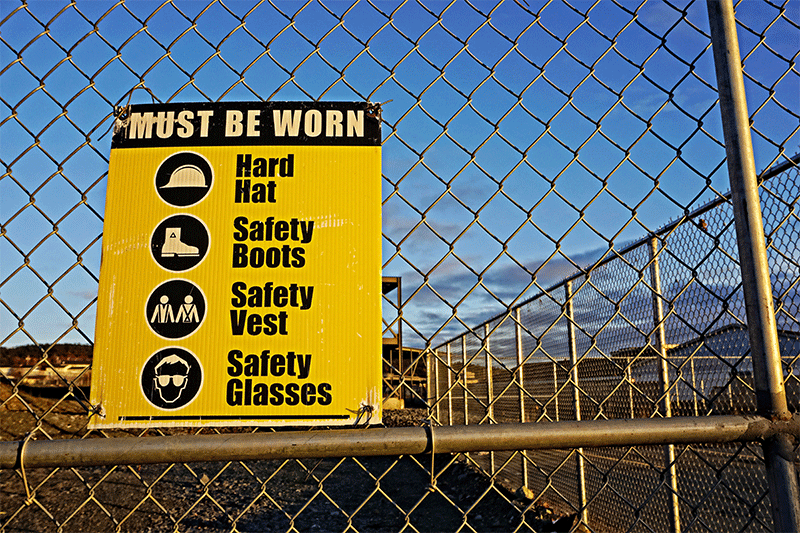
Associated risks from working at height
The potential for injury and maybe death isn’t just from people falling from a great height, it can encompass other factors such as coming into contact with high voltage electricity installations and wiring and, in older buildings, asbestos.
When using ladders, it’s important to prepare properly and not cut corners. For example, on softer ground use a board to prevent it sinking and ties to stop it slipping. Indeed, if a safer way of doing the job is possible rather than a ladder this should be used – such as a scaffold or platform.
People on the ground in the vicinity of those working at height can be at risk from falling materials or tools, so consideration should be given here such as maybe clearing areas below and around those working at height.
This HSE web page has more advice for working at height in various applications such as working on roofs, high vehicles, loading trailers and stacking bales amongst others.





